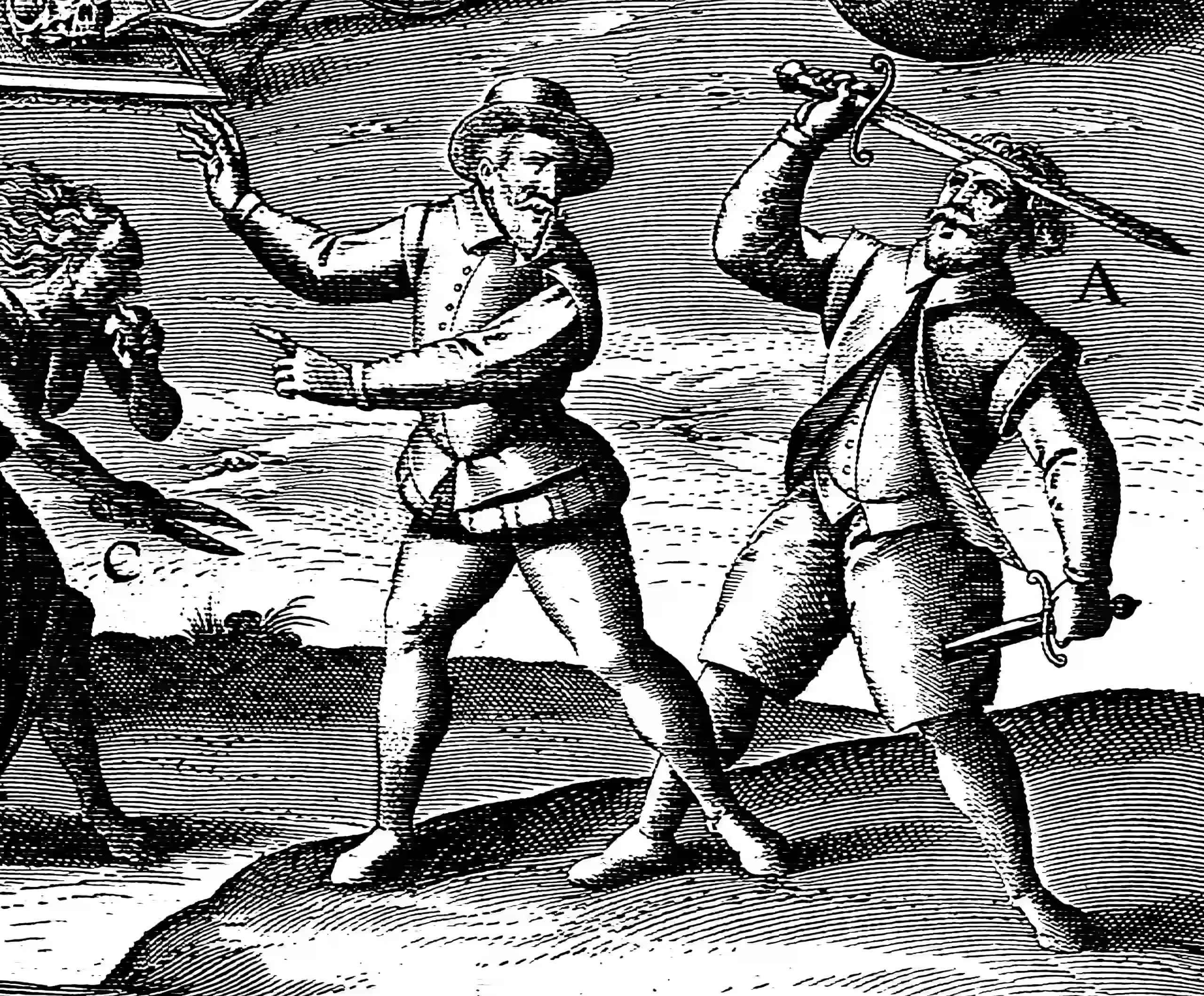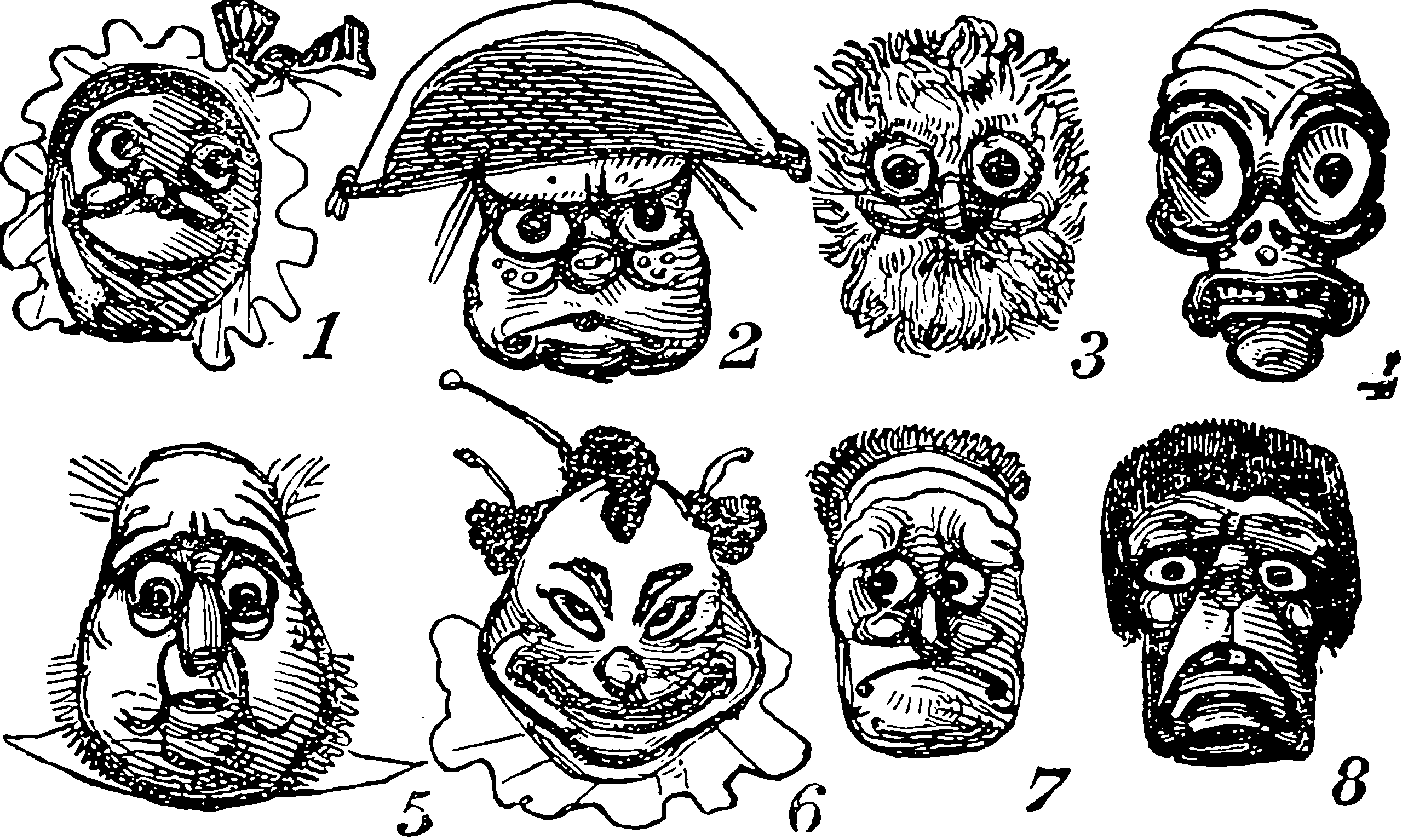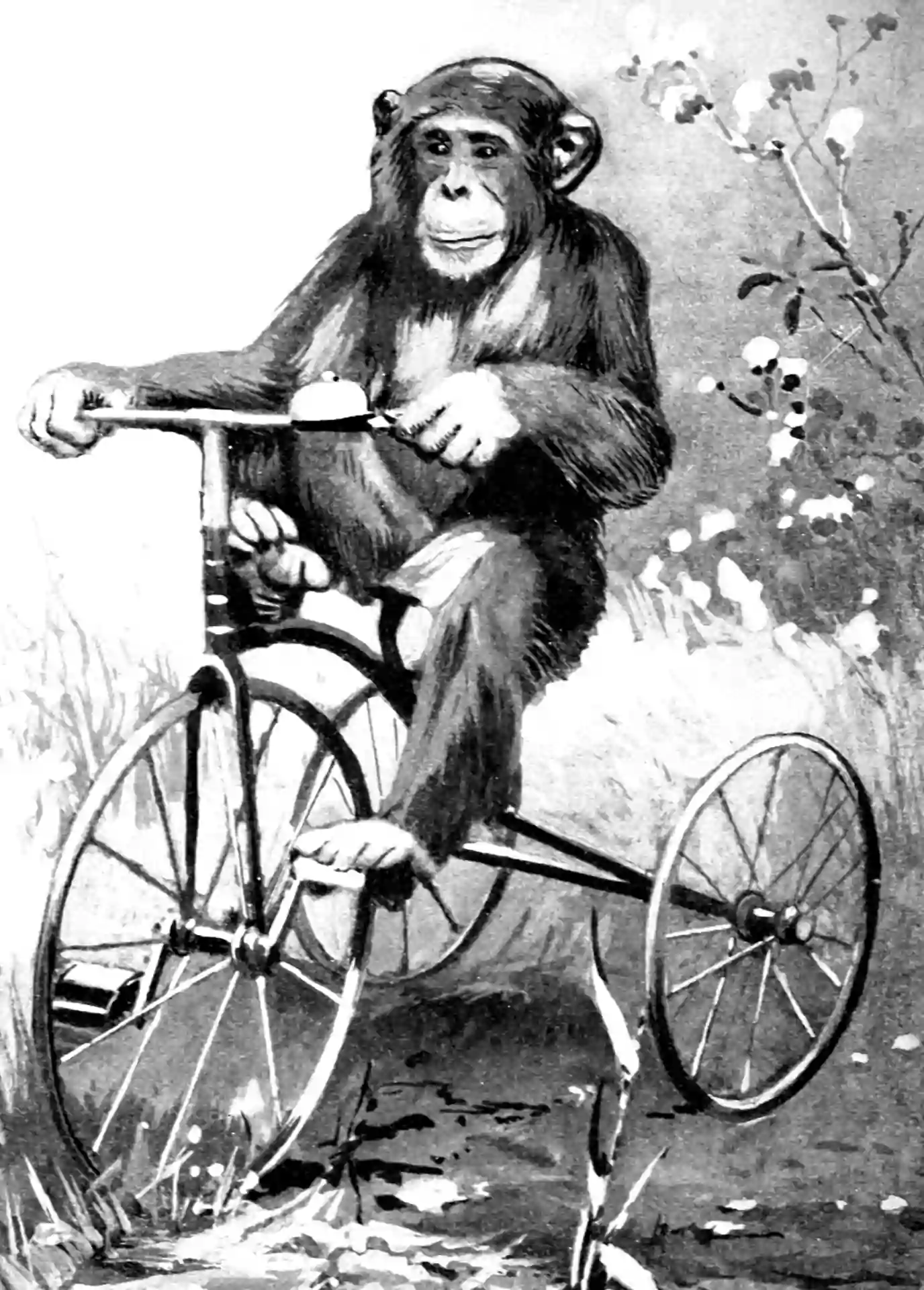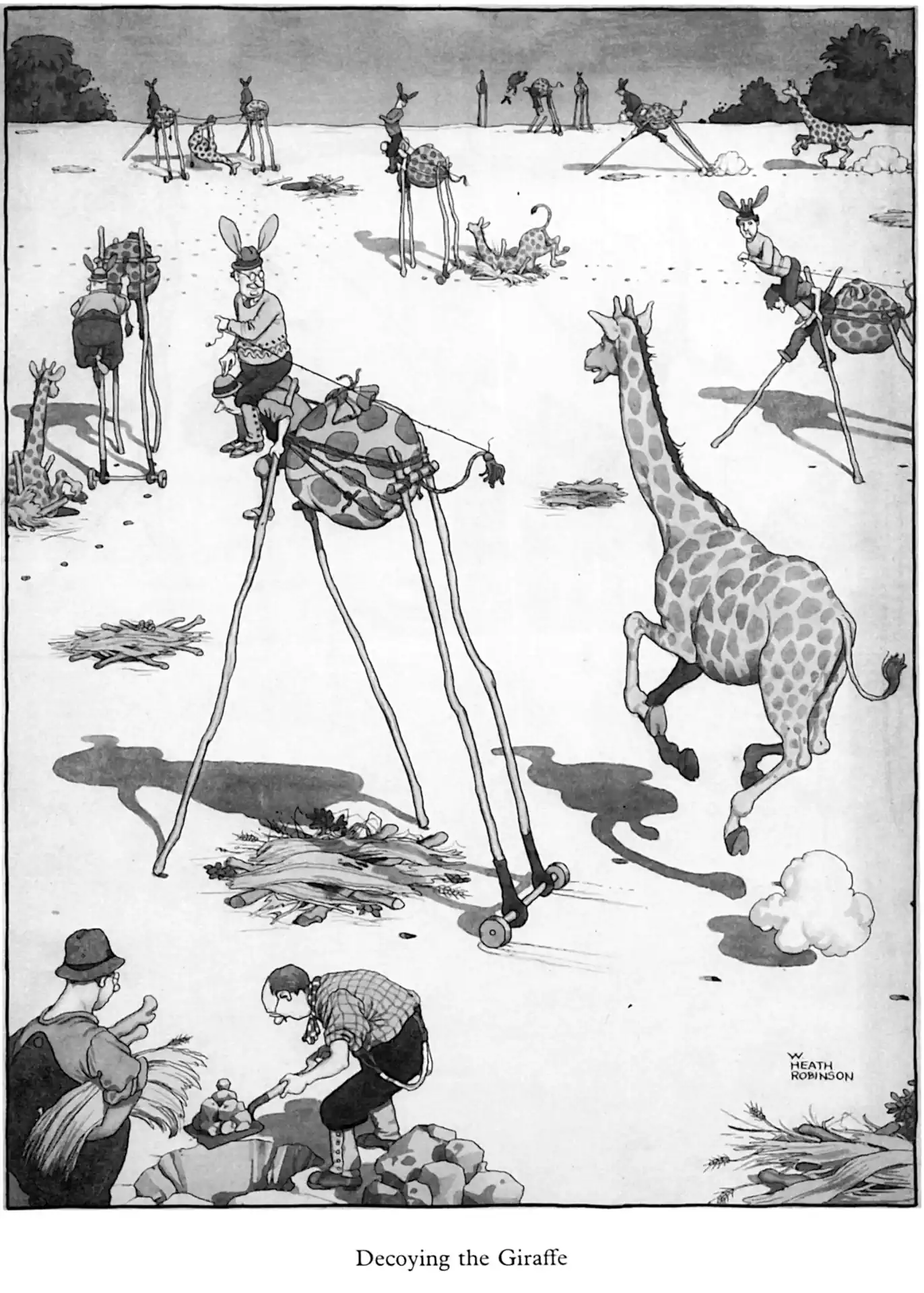Generative adversarial networks
2016-10-06 — 2020-12-14
Wherein two networks are trained adversarially, a generator and a critic, and the procedure is framed as an optimal-transport problem using a Wasserstein loss to permit likelihood-free simulation.
Game theory meets learning. Hip, especially in combination with deep learning, because it provides an elegant means of likelihood free inference.
I don’t know anything about it. Something about training two systems together to both generate and classify examples of a phenomenon of interest.
Sanjeev Arora gives a cogent intro. He also suggests a link with learning theory. See also Delving deep into Generative Adversarial Networks, a “curated, quasi-exhaustive list of state-of-the-art publications and resources about Generative Adversarial Networks (GANs) and their applications.”
GANs are famous for generating images, but I am interested in their use in simulating from difficult distributions in general.
Try a spreadsheet interface for exploring GAN latent spaces. See also The GAN Zoo, “A list of all named GANs!”
To discover: precise relationship of deep GANs with, e.g. adversarial training in games and bandit problems. Also, why not, let us consider Augustus Odena’s Open Questions about GANs.
1 Wasserstein GAN
A tasty hack. The Wasserstein GAN paper (Arjovsky, Chintala, and Bottou 2017) made a splash. The argument is that, kinda-sorta if we squint at it, we can understand the GAN as solving an optimal transport inference problem with respect to Wasserstein loss. The argument has since been made more precise and extended, but for all its flaws the original article has IMO a good insight and a clear explanation of it.
I will not summarize WGANs better than the following handy sources so let us read these.
- Sanjeev Arora, one of the WGAN authors, critiques the work they did there in Generalization and Equilibrium in Generative Adversarial Networks
- Alexi Pan reads the WGAN paper.
- Mindcodec discusses Wasserstein-type metrics, i.e. optimal transport ones, with an eye to WGAN.
- a deep learning course that culminates in WGAN with some involvement by the authors of the WGAN paper.
Vincent Hermann presents the Kontorovich-Rubinstein duality trick intuitively.
Connection to other types of regularisation? (Gulrajani et al. 2017; Miyato et al. 2018)
2 Conditional
How does this work? There are many papers exploring that. How about these two? Mirza and Osindero (2014);Isola et al. (2017)
3 Invertible
I think this requires cycle consistent loss, whatever that is? (J.-Y. Zhu et al. 2017) How is it different to autoencoders? I suppose because it maps between two domains not between a latent and a domain.
4 Spectral normalization
Miyato and Koyama (2018);Miyato et al. (2018)
pfnet-research/sngan_projection: GANs with spectral normalization and projection discriminator
5 GANs as SDEs
Should look into this (L. Yang, Zhang, and Karniadakis 2020; Kidger et al. 2021).
6 GANs as VAEs
See deep generative models for a unifying framing.
7 GANs as energy-based models
Che et al. (2020)



